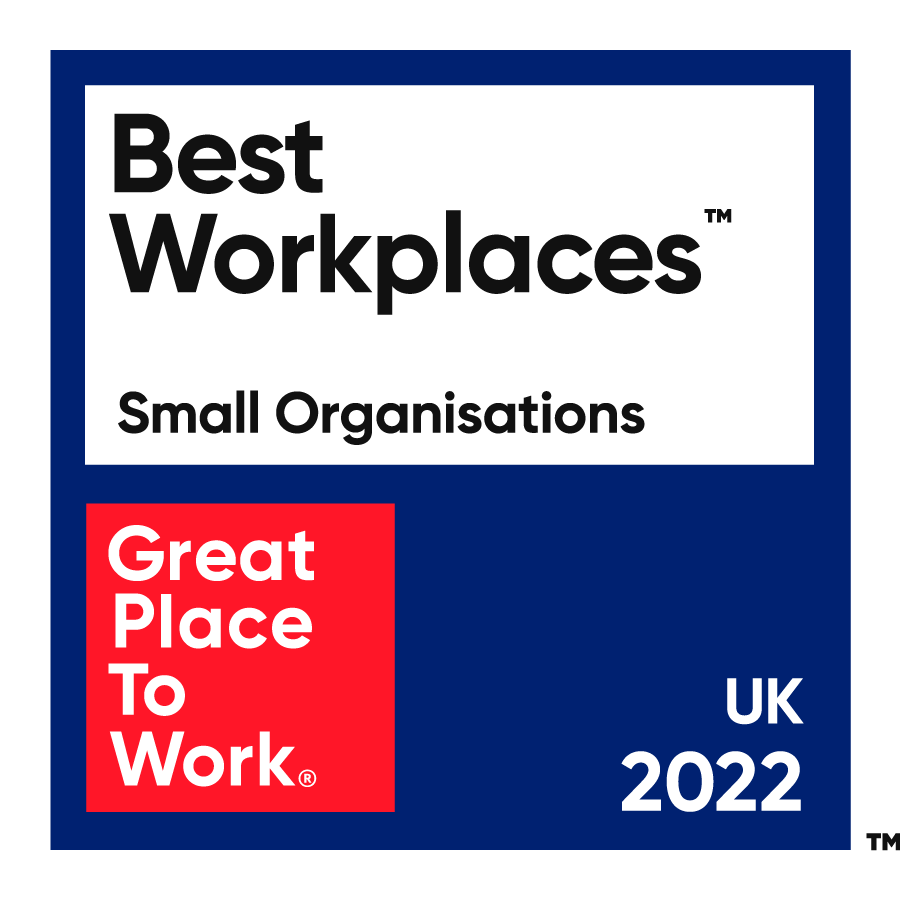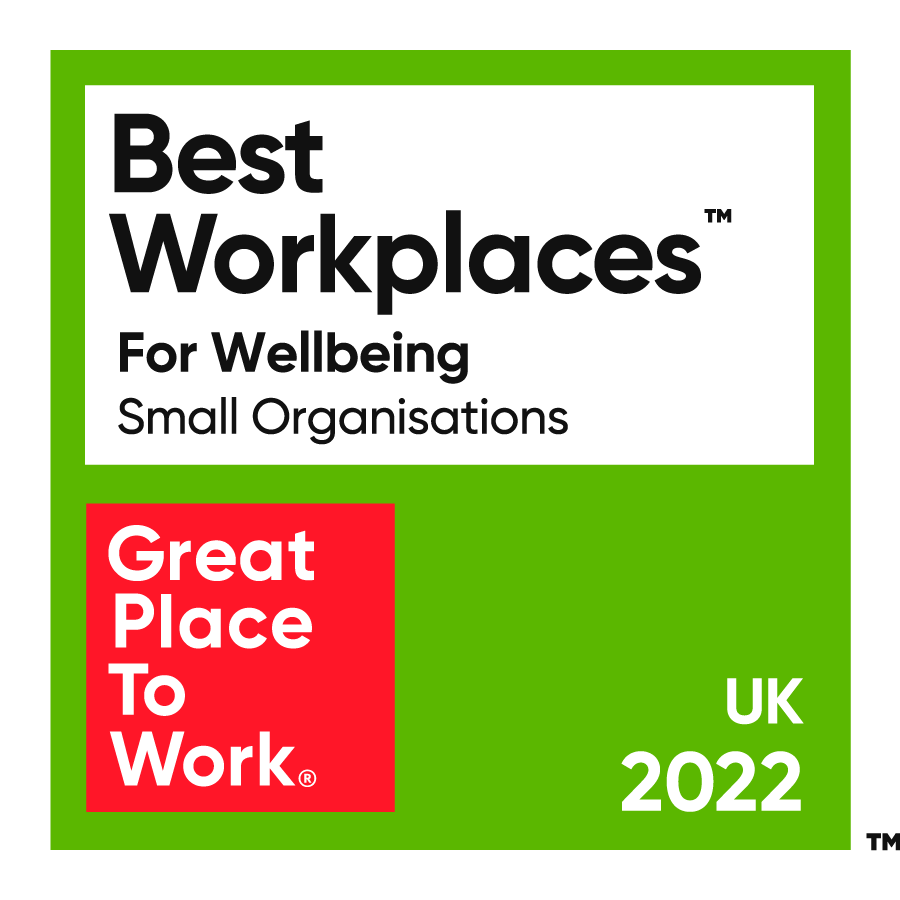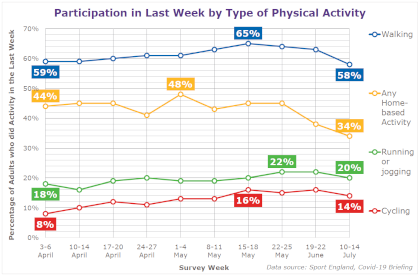ORH recognised as one of the UK’s Best Workplaces in 2022!

This week we were delighted to be listed as one of the best small companies to work for in the UK by Great Place to Work®. We ranked 12th out of 80 Certified™ companies in their annual list, an incredible achievement of which we are hugely proud as an organisation.
At ORH we have always placed great value in our company culture, the skills and development of our staff and the way we work together to deliver high-quality projects to the public sector. To see this officially recognised in this manner is very rewarding.
To be considered eligible for Best Workplace™ recognition, companies first had to meet the Great Place to Work-Certified™ standard of accreditation. Once Certified™, each company undergoes a rigorous assessment of their culture, during which review any anomalies in survey responses, news, and financial performance of each business to ensure there aren’t any extraordinary reasons to believe we couldn’t trust a company’s survey results. More details on the awards are available here:
https://www.greatplacetowork.co.uk/awards/uks-best-workplaces/uks-best-workplaces-2022/#Small
We would like to thank Great Place to Work for this recognition and for hosting a fantastic awards dinner in London. Most importantly, we are grateful for the support of our staff in delivering a thriving and enthusiastic work environment, which we can now officially say is one of the Best Workplaces™ in the country!





